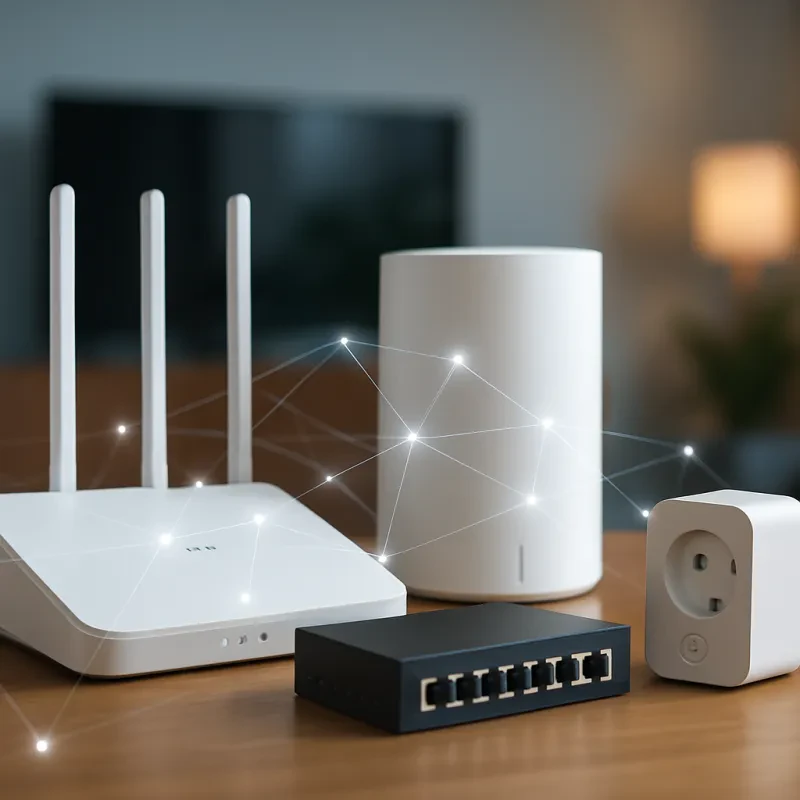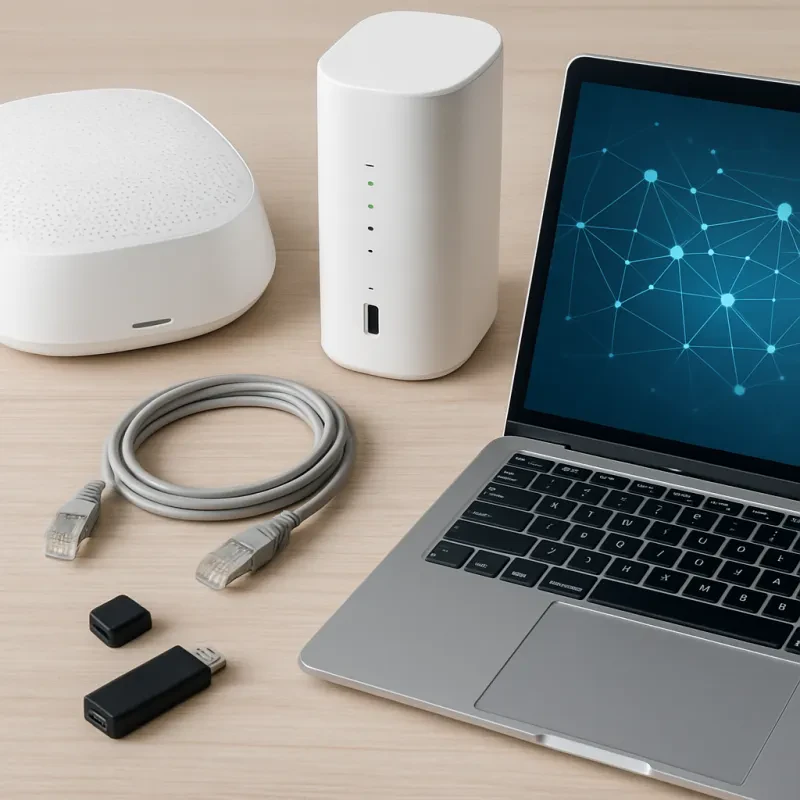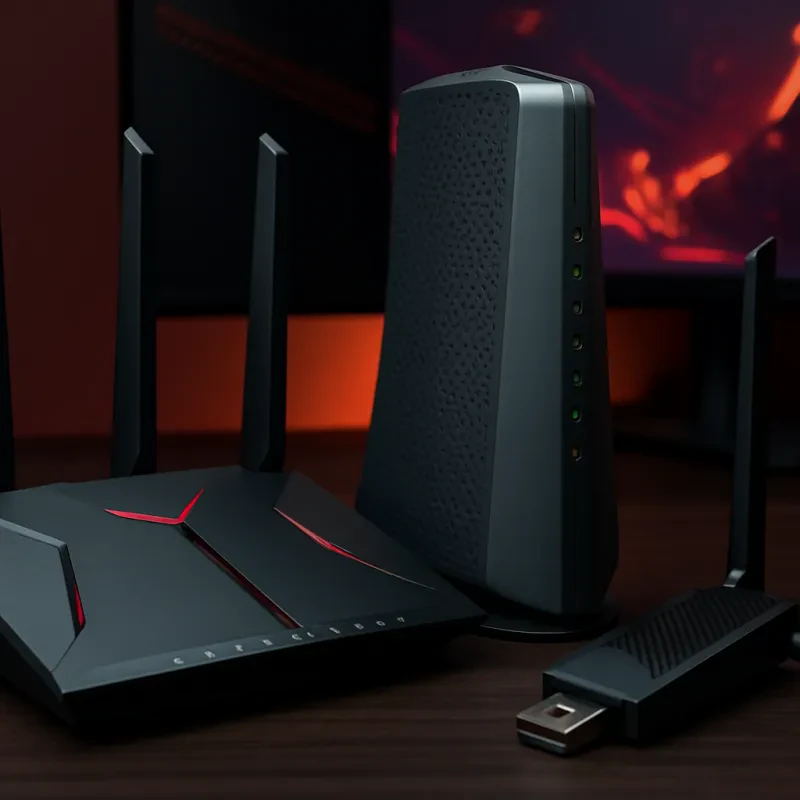When it comes to setting up a network, one of the key decisions you'll need to make is choosing the right type of cabling. Two popular options are Ethernet and fiber optic cables, each with their own set of pros and cons. Understanding the differences between the two can help you make an informed decision based on your specific needs and budget.
Ethernet cables, also known as twisted pair cables, are a tried and true option for connecting devices within a network. They are easy to install, cost-effective, and readily available. Ethernet cables use copper wires to transmit data, making them susceptible to interference and limited in terms of bandwidth. However, for small to medium-sized networks with moderate speed requirements, Ethernet cables are a reliable choice.
On the other hand, fiber optic cables offer higher bandwidth and faster speeds compared to Ethernet cables. They use light signals to transmit data over long distances, making them ideal for large networks or environments where interference is a concern. Fiber optic cables are more expensive and require specialized equipment for installation and maintenance. However, the benefits of increased data capacity and reliability make them a popular choice for businesses and organizations that require high-performance networking capabilities.
Benefits of Cat6 Cabling for High-Speed Networks
High-speed networks require reliable cabling to ensure optimal performance, and Cat6 cabling is an excellent choice for meeting this need. Cat6 cabling is designed to support data transfer rates of up to 10 gigabits per second, making it ideal for handling the high bandwidth requirements of modern networks. This means faster data transmission, lower latency, and overall better network performance.
One of the key benefits of Cat6 cabling is its superior bandwidth capacity compared to older cabling standards. Cat6 cabling can support frequencies up to 250 MHz, providing ample headroom for demanding network applications such as streaming video, online gaming, and large file transfers. This increased bandwidth also allows for greater network scalability, making it easier to accommodate future growth and technological advancements.
In addition to its high bandwidth capacity, Cat6 cabling also offers improved crosstalk and noise immunity, thanks to its tighter twisting and enhanced insulation. This helps reduce signal interference and ensures reliable data transmission, even in high-traffic environments. Overall, Cat6 cabling provides a robust and future-proof solution for high-speed networks, making it an excellent choice for businesses and organizations looking to optimize their network infrastructure.
Factors to Consider When Selecting Cable Length
When it comes to choosing the right network cabling for your needs, one important factor to consider is the cable length. The length of the cable you choose can have a big impact on the performance and reliability of your network. Here are some factors to keep in mind when selecting the right cable length for your network setup.
First and foremost, you need to consider the distance between the devices you are connecting. If the devices are located close to each other, you can get away with using shorter cables. However, if the devices are located far apart, you will need longer cables to make the connection. It's always a good idea to measure the distance between your devices before purchasing cables to ensure you get the right length.
Another factor to consider is the layout of your network setup. If you have a complex network with multiple devices and different rooms, you may need to invest in longer cables to ensure all devices are properly connected. On the other hand, if you have a simple setup with only a few devices in close proximity, shorter cables may be more appropriate.
Lastly, it's important to consider the future expansion of your network when choosing cable length. If you anticipate adding more devices or relocating existing ones in the future, it's a good idea to invest in longer cables to accommodate these changes. Planning ahead can save you time and money down the line by avoiding the need to constantly replace cables.
Installing Network Cabling: Tips for Success
When it comes to choosing the right network cabling for your needs, proper installation is key to ensuring a reliable and efficient network. Whether you are setting up a small home office or a large business network, here are some tips to help you get started on the right foot.
First and foremost, make sure to plan ahead before you begin installing any network cabling. Take the time to assess your needs and determine the best type of cabling for your specific environment. Consider factors such as the distance the cables need to cover, the amount of data traffic expected, and any potential interference from other electronics.
Next, invest in quality cabling and installation tools to ensure a strong and secure connection. Opt for cables that are certified for performance and durability, such as Cat6 or Cat6a cables. Additionally, use proper cable management techniques to prevent tangling and ensure easy maintenance in the future.


